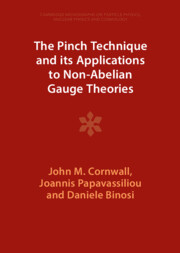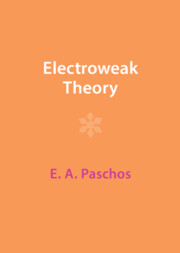The Pinch Technique and its Applications to Non-Abelian Gauge Theories
Non-Abelian gauge theories, such as quantum chromodynamics (QCD) or electroweak theory, are best studied with the aid of Green's functions that are gauge-invariant off-shell, but unlike for the photon in quantum electrodynamics, conventional graphical constructions fail. The pinch technique provides a systematic framework for constructing such Green's functions, and has many useful applications. Beginning with elementary one-loop examples, this book goes on to extend the method to all orders, showing that the pinch technique is equivalent to calculations in the background field Feynman gauge. The Schwinger–Dyson equations are derived within the pinch technique framework, and are used to show how a dynamical gluon mass arises in QCD. Finally the volume turns to its many applications. This book is ideal for elementary particle theorists and graduate students. This 2011 title has been reissued as an Open Access publication on Cambridge Core.
- A comprehensive treatment of the pinch technique for non-Abelian gauge theories
- Shows how to preserve local gauge invariance in constructing off-shell Green's functions of non-Abelian gauge theories
- Covers in detail many applications to quantum chromodynamics (QCD), electroweak theory, and even supersymmetric gauge theories
- Reissued as an Open Access title on Cambridge Core
Product details
July 2023Hardback
9781009402446
306 pages
250 × 175 × 22 mm
0.71kg
Available
Table of Contents
- Introduction
- 1. The pinch technique at one loop
- 2. Advanced pinch technique – still one loop
- 3. Pinch technique to all orders
- 4. The pinch technique in the Batalin–Vilkovisky framework
- 5. The gauge technique
- 6. Schwinger–Dyson equations in the pinch technique framework
- 7. Non-perturbative gluon mass and quantum solitons
- 8. Nexuses, sphalerons, and fractional topological charge
- 9. A brief summary of d=3 NAGTs
- 10. The pinch technique for electroweak theory
- 11. Other applications of the pinch technique
- Appendix
- Index.







